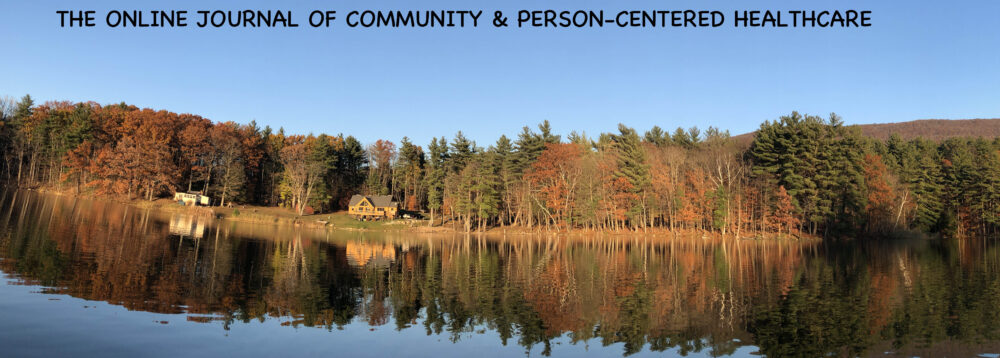by Hesam Noroozi*
When my high school geology teacher saw his caricature in the hands of first-row students, I struck a deal with God: “Get through this, and I’ll never draw another caricature again!” As nobody mentioned the name of cartoonist to him I jumped out of that situation. God had accepted the deal!

***************
Around the eighth semester of medical school I chose cartooning as my main hobby for the rest of my life. In the ensuing years, I have participated in solo and group cartoon exhibitions around the world, but except for one cartoon of Francois Hollande) President of France, 2012 – 2017) I haven’t drawn any more caricatures. As a part-time cartoonist, for many years, I’ve been in touch with some medical journals in Iran but never found any other physician or medical journal in the world to be interested in cartoons. So, reluctantly I’ve kept it as a personal interest.

When I was doing my internship rotation in the neurosurgery department in Shiraz, Iran I found that it was a unique department in hospital. There were great physicians with strong bodies of knowledge accompanied with high levels of professionalism that made the unit outstanding in Nemazee hospital. At that time, the Head of Neurosurgery was Dr. Bizhan Aarabi who is now the Director of Neurotrauma at the University Of Maryland Medical Center. But, for us interns, the first impression was the beautiful inpatient ward hallway! It was filled with handsome, framed medical illustrations and paintings of famous ancient physicians. They were like a refreshing breeze to tired medical students after a long hard shift. This was the first moment that I came to realise just how important art is in our daily medical practice. Art can be truly therapeutic.
***************
Roughly twenty years ago, I was working as a country physician in a small town in the southern part of Iran. Khonj Hospital was located 8 miles out of the town. It was small hospital that technically was an old day-clinic with labour rooms that was recently upgraded to a small “hospital” with an emergency department, one inpatient ward, and a renovated labour and delivery area. There was a general surgeon who was visiting all patients including surgical, internal, and gynaecological patients and a paediatrician who was responsible for the children. Every two weeks, an ophthalmologist and gynaecologist came to visit their scheduled patients. We, four general practitioners covered the ED in rotating shifts. Because of the remote location and small-hospital category of facility, no internet line was available and only a few limited telephone lines connected us to the outside world. Mobile cell phones were at their infancy then. Therefore, it’s hard to believe now how difficult it was to feed one’s curiosity about everyday updates in medicine or the arts.
One night shift, we faced a bus turn-over accident with more than thirty casualties. It was a horrible and stressful time, with lots of precaution and care to do, screening, admitting, diagnosing, treating, and referring patients.
At the end of my shift, when I went to have a final look at a patient’s x-ray in the radiology department, I found a collection of large white papers. Just as a reminder, I want to tell you about old fashioned X-rays before the digital era. Those old-school films came covered within white paper sleeves. I appreciated them as they provided amazing, free art material!
Because the abdominal films were large, white sheet papers they were ideal for large scale painting. As the radiology department sent the patient’s X-rays in pockets and discarded the white papers, I decided to take the remaining ones with me to the physician’s on-call room and draw and paint on them as the best available media.
In the next couple of weeks, the physician’s room became a small gallery of visual art (or to be honest, such was my opinion at that time!) with more than 20 drawings and illustrations on abdominal x-ray papers! Although the drawings were not professional, they were attractive enough to motivate other staff to come and visit that small exhibition space. They became the first art experience in that hospital. I’ve done some other installations and paintings too. In one experiment, I drew two vague figures on the outside surface of my apartment’s wall behind some trees. This graffiti caught attention of passers-by, as they were thinking there were two real persons on a tryst every night. When the security guards realised this is just an illusion, they covered it with white paint and obliterated it. When I moved to work in Shiraz and left the hospital the art works in the on-call room remained behind.
*Author Bio: Hesameddin (Hesam) Noroozi is a family physician with more than ten years of experience in the Emergency Department and OPD clinic. Beside his medical career, he practices visual art and participated in solo and group art exhibitions in Iran, France, Italy, and Canada. Currently he lives in Canada where he works at the Toronto General Hospital in the Head and Neck surgical oncology research unit. He can be reached at: hesamnoroozi@gmail.com

